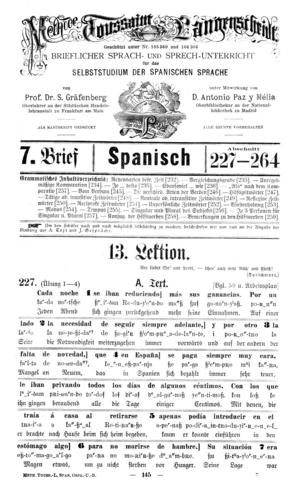Interlinear text facts for kids
Interlinear text is a special way of writing where extra lines of text are placed between the main lines. These extra lines help explain or translate the main text. Imagine reading a story, and right below each line, there's another line telling you what each word means, or even a simpler way to say the whole sentence.
This method is super helpful for understanding things better. Sometimes, the extra lines give a word-for-word translation, which is called a literal translation. Other times, they might give a more natural-sounding translation of the whole sentence, known as a free translation. They can also show a transliteration, which means writing words from one alphabet into another, like writing a Chinese word using English letters.
Contents
Why Do We Use Interlinear Text?
Interlinear text is mostly used to help people learn new languages or to study how languages work. It's like having a built-in helper right there on the page!
Learning New Languages
When you're learning a foreign language, interlinear texts can make it much easier. You can see the original sentence and then immediately understand what each part means. This helps you connect new words to their meanings quickly. It's often found in language textbooks, especially for older languages like Latin or Ancient Greek.
Studying How Languages Work
Experts who study languages, called linguists, also use interlinear texts. They use them to break down sentences and understand the grammar and structure of different languages. This helps them compare languages and learn more about how humans communicate. For example, you might find interlinear texts in special Bibles that help people study Hebrew or Greek scriptures.
Related Topics


